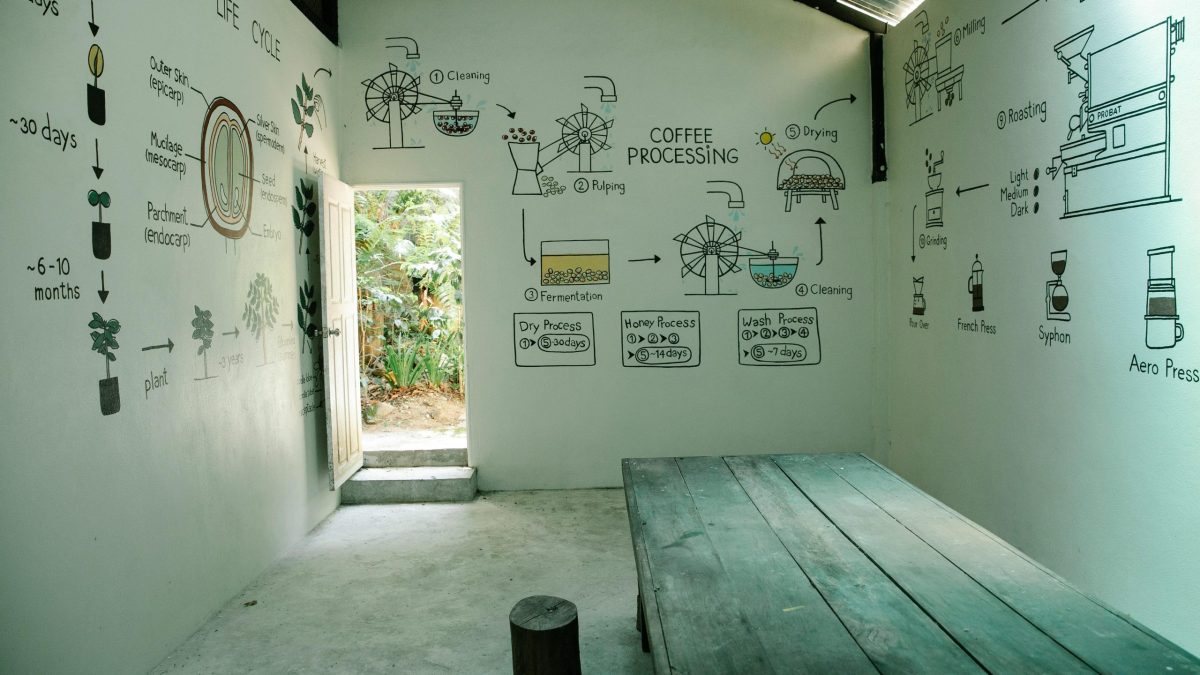Introduction to the Importance of Art in Child Development
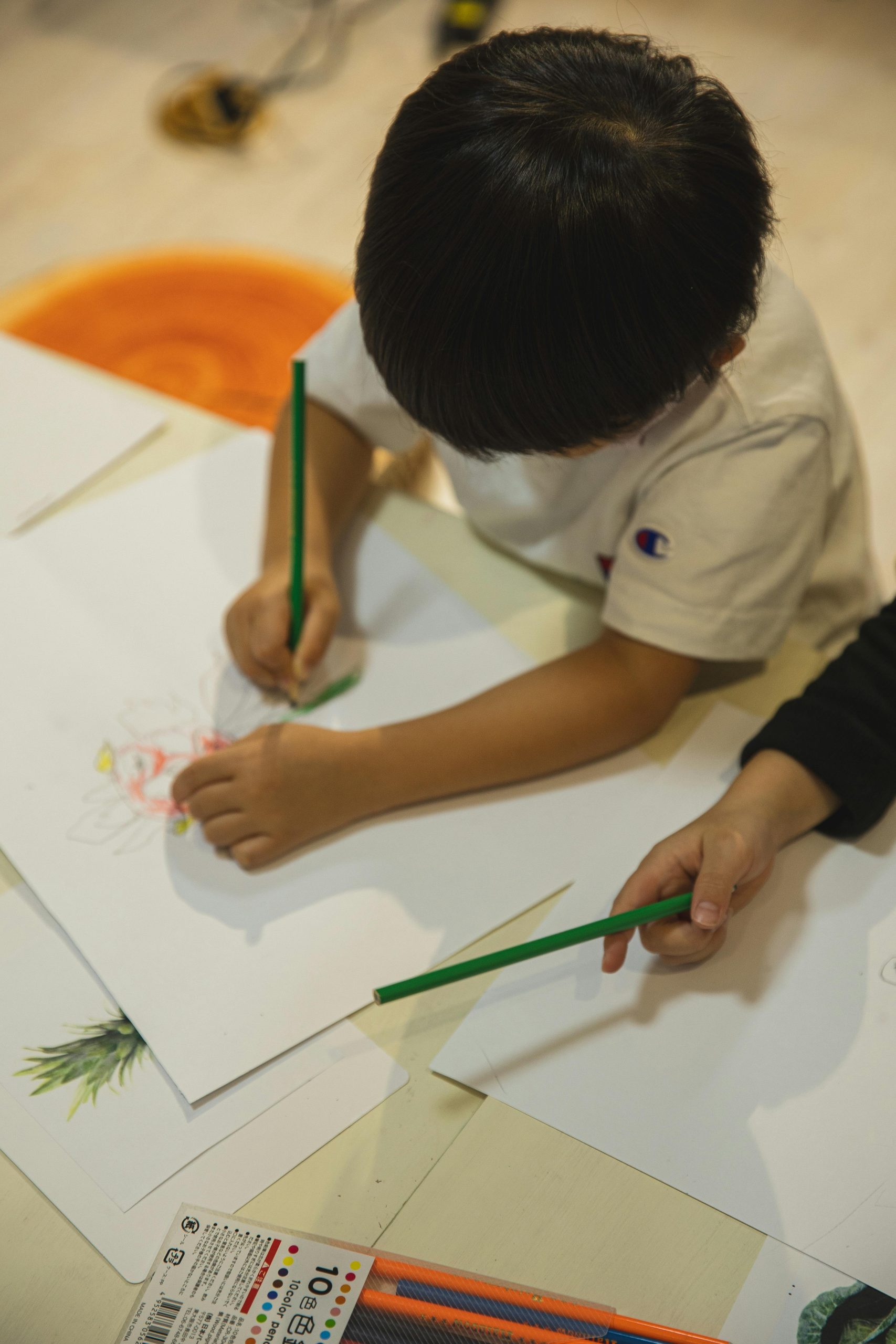
Child development occurs in intriguing stages, from the sensorimotor world of infants to the complex social landscapes navigated by adolescents. Within these stages, art emerges as a key instrument for growth, offering a canvas for expression, learning, and connection. It’s not just about producing; it’s about finding the world and oneself inside it. As we go deeper, we’ll investigate how art enriches each developmental phase, developing cognitive, emotional, and social qualities that are vital for a child’s journey into adulthood.
- Enhancing fine motor skills
- Boosting self-esteem and empathy
- Integrating art into daily routines
So, let’s go on this colourful journey together, recognizing how art is not only a pastime but an essential element in the formula for complete child development.
The Psychological Benefits of Art

Art, in its numerous forms, acts as a strong catalyst for developing creativity and imagination. It allows children to explore undiscovered corners of their thoughts, pushing them to think beyond the box and develop unique solutions. This creative inquiry is not just play; it’s a core ability that prepares children for future difficulties, cultivating a mindset that thrives on potential and invention.
- Medium for expression and communication: Through colors, shapes, and textures, youngsters learn to portray their emotions, thoughts, and experiences.
- Impact on self-esteem and confidence: Completing an artwork instills a sense of achievement and pride in children.
- Art therapy for emotional healing: A mild yet powerful instrument that encourages emotional release and healing.
Incorporating art into a child’s life is not only an enrichment activity; it’s an investment in their emotional, cognitive, and social development. As we continue to investigate the function of art in child development, it becomes evident that art is not merely a subject to be taught but a critical experience that shapes the very fabric of a child’s being, preparing them for a vivid, fulfilling life.
Cognitive Development Through Art
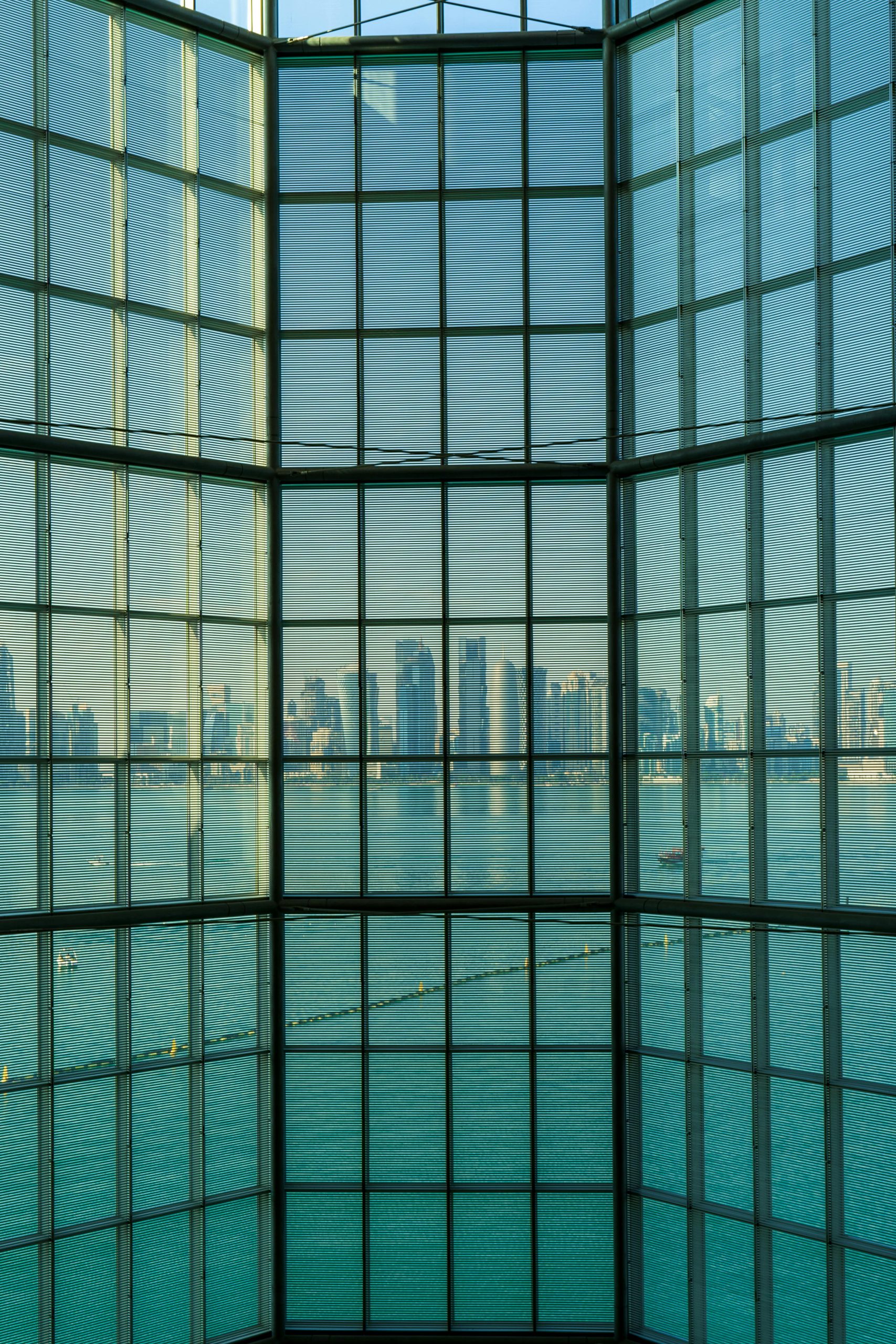
Art is not merely a medium for creative expression; it’s a dynamic tool that impacts cognitive development in children. Through engaging with art, children hone their problem-solving skills, laying a foundation for innovative thinking and resilience in the face of challenges. Art allows youngsters to approach challenges from different sides, building a flexible and adaptive mindset.
- Enhances memory and concentration: The process of making art demands youngsters to focus, retain details, and apply knowledge.
- Flourishes language skills: As youngsters describe their artwork, tell tales about what they’ve done, or listen to others discuss their artistic experiences.
- Connection to spatial intelligence: Activities such as drawing, sculpting, and painting help youngsters perceive and manage space.
Integrating art into a child’s life gives a diverse approach to cognitive development, improving their learning experience and preparing them for a future where they can think critically, solve issues creatively, and communicate effectively. The benefits of art reach well beyond the canvas, influencing every element of a child’s growth and development.
For more insights into the significance of art in child development, the Australia Council for the Arts provides great materials and research. Additionally, the Raising Children Network gives practical advice on incorporating art into daily activities, ensuring every kid may benefit from the transforming power of art.
Physical Benefits of Art in Early Childhood
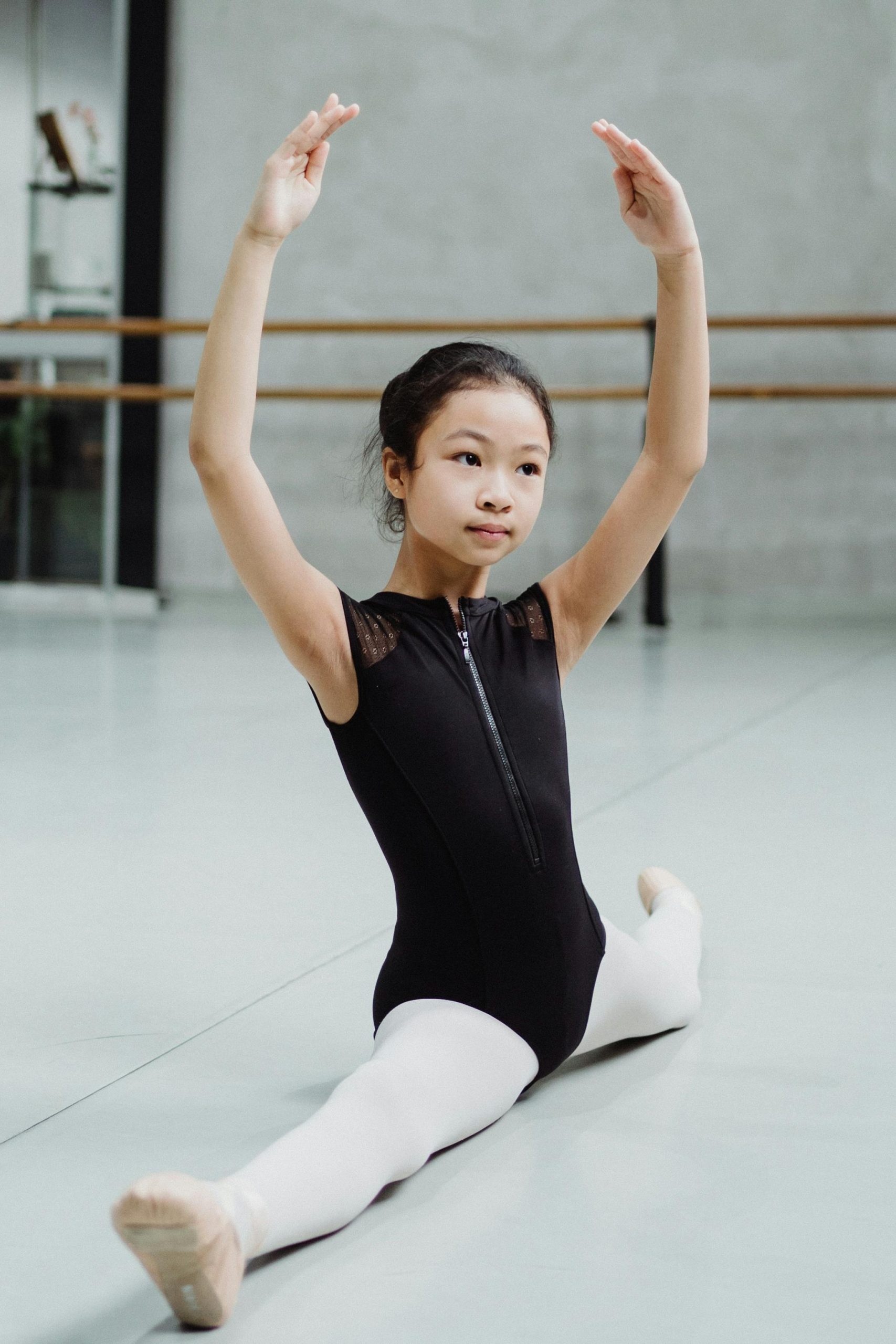
The voyage of child development is delicately braided with the threads of physical progress, where art plays a key part. Engaging in artistic activities such as sketching, painting, and sculpting is not simply a creative outlet but a critical component in strengthening fine motor abilities. These activities demand youngsters to use their hands in precise ways, from grasping a paintbrush to sculpting clay, which strengthens their hand muscles and enhances dexterity.
Art is a sensory-rich experience. It immerses youngsters in a world of touch, sight, and sometimes sound, giving a multimodal playground that stimulates their senses. This sensory exploration is crucial in early childhood, contributing in the development of sensory processing skills. The feel of a crayon moving over paper, the sight of brilliant colours merging, and the sound of a brush swishing in water; each of these encounters increases a child’s sensory awareness of the world.
Moreover, the act of producing art is a ballet of cooperation between the eyes and hands. This hand-eye coordination is pivotal in a child’s physical development. As students focus on translating the ideas from their thoughts onto a canvas, they learn to control their movements with accuracy. This synchronization is necessary not just for artistic activities but for everyday actions such as writing, tying shoelaces, and using utensils.
Integrating art into a child’s daily routine is more than an enrichment activity; it’s a foundational step towards creating a robust set of physical skills. Through the pleasurable act of creating, children develop fine motor skills, engage their senses, and increase their hand-eye coordination, establishing the framework for a lifetime of learning and exploration.
For parents and educators wishing to include more art into children’s lives, resources such as the Australia Council for the Arts and the Raising Children Network offer useful insights and practical help. By embracing the physical benefits of art, we can give children with a rich, supportive atmosphere that supports growth in every sense.
Integrating Art into Education and Daily Life
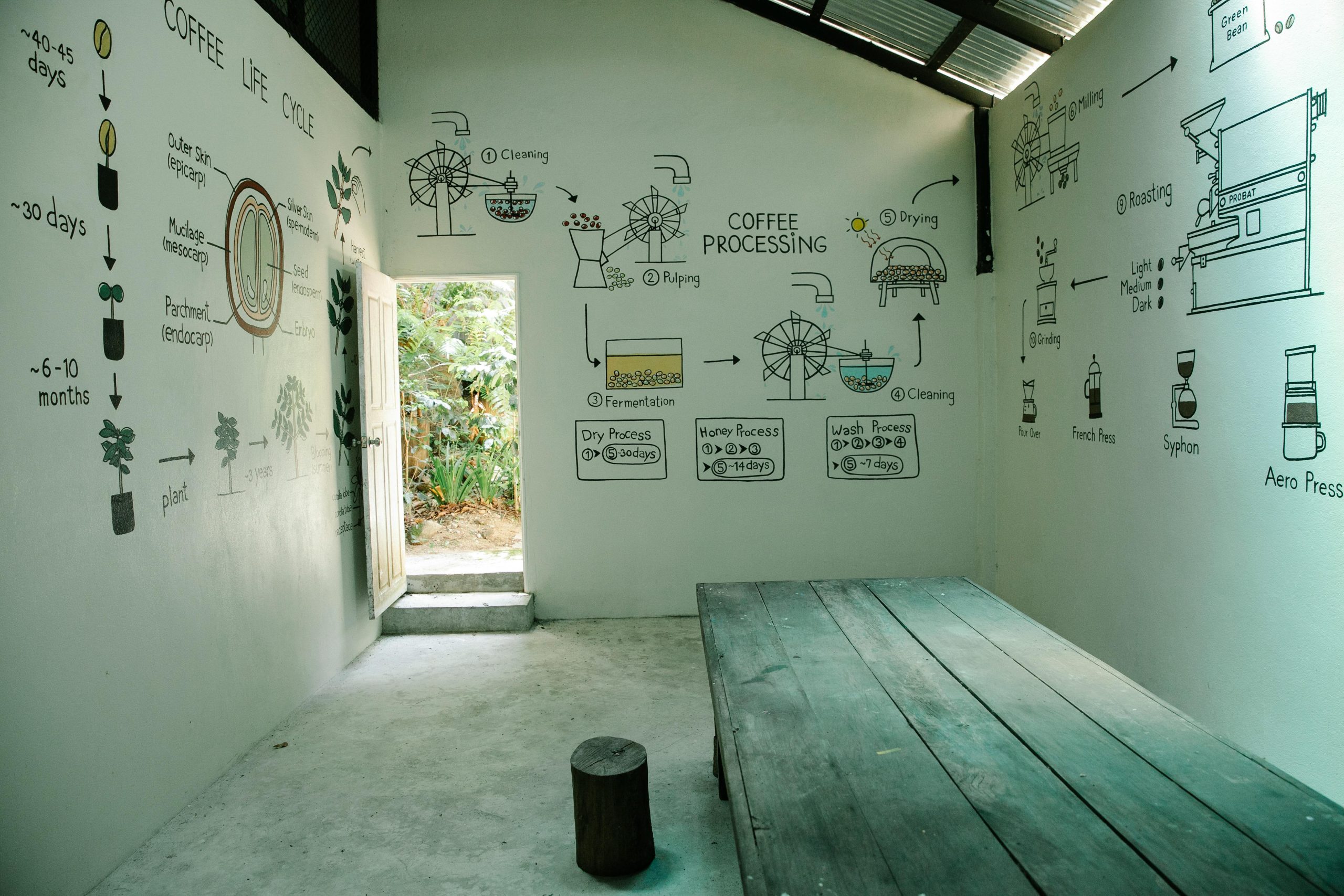
Tips for Teachers and Parents
Integrating art into the lives of children is a process that begins with creativity and ends with innovation. Parents and educators can start by allocating an area at home or in the school where art supplies are freely accessible, allowing spontaneous artistic expression. Encouraging children to engage in art activities regularly, whether through planned projects or spontaneous play, encourages their creative impulses.
The Importance of Diverse Art Materials and Experiences
- Providing a diversity of art tools and activities is vital. From watercolours and clay to digital art apps, diversity in materials inspires interest and discovery.
- Exposing children to many art forms, including music, dance, and theatre, broadens their understanding and appreciation of creativity, fostering a well-rounded artistic sense.
Encouraging Art at Home: Practical Tips for Parents
- Parents can encourage art at home by being actively involved in creative activities. This could involve setting aside time for family art projects, displaying children’s artwork proudly at home, or even researching art together through books and museum trips.
- Simple gestures, like discussing the hues of the sunset or the forms in a cloud, can encourage artistic thought.
The Role of Technology in Art Creation and Appreciation
Technology gives a new dimension to art creation and enjoyment. Digital platforms and apps not only provide tools for creating art but also access to virtual museum visits and online art workshops. This internet exposure can complement traditional art experiences, allowing youngsters a worldwide perspective on art and culture.
Integrating art into daily life and school promotes children’s development, equipping them with the abilities to think creatively, express themselves, and enjoy the beauty in the world. By building an environment where art is recognized and supported, we lay the way for a future where inventiveness and empathy flourish.
To sum up
Art is vital for healthy child development. It encourages creativity, developing resilience and joy in young minds. Through a blend of cognitive, emotional, and physical growth, art gives youngsters with the abilities to negotiate life’s problems and communicate their innermost thoughts. This journey, enriched by varied artistic experiences, prepares them for a future of invention and sensitivity. Let’s continue to weave art into the fabric of daily life, inspiring every child to create their path to success.
The Role of Art in Child Development FAQs
Yes, art can significantly improve a child’s social skills by promoting cooperation, sharing, and understanding. Through collaborative art projects, children learn to work together, respect others’ ideas, and communicate effectively. This fosters a sense of community and helps children develop strong interpersonal skills.
Art therapy can be highly beneficial for children with special needs by offering alternative ways to communicate and express themselves. It can help in managing behavior, reducing stress, and increasing self-esteem. For children who may struggle with traditional forms of communication, art provides a non-verbal mode of expression that can be profoundly therapeutic.
Participating in art activities helps with motor skills development by refining fine motor skills and coordination. Activities like painting, drawing, and sculpting require children to use their hands in specific ways, which strengthens muscle control and dexterity. This is crucial for other academic and life skills, including writing and handling small objects.
Art fosters creativity and innovation by encouraging children to think outside the box and explore various solutions to a problem. It provides a platform for experimentation without the fear of failure, promoting risk-taking and original thought. This creative freedom helps develop the ability to innovate and adapt in other areas of life and learning.
Art enhances cognitive development by fostering problem-solving skills and creativity. Through engaging in art activities, children learn to identify patterns, make connections, and express their ideas in unique ways. This process not only stimulates their imagination but also encourages critical thinking and the development of a growth mindset.
Art influences language development by providing opportunities for children to discuss their work and articulate their thoughts and feelings. This verbal expression helps in vocabulary building and the use of complex sentences. Discussing art can also enhance listening skills and the ability to follow directions.
Engaging in art influences a child’s self-esteem and confidence by providing a sense of accomplishment and pride in their creations. The process of making art allows children to take risks in a safe environment, leading to a stronger sense of identity and personal achievement. Positive feedback and the recognition of their efforts further bolster their confidence and self-worth.
Exposure to art affects a child’s cultural awareness and sensitivity by introducing them to diverse cultures and perspectives. Through exploring the art of different communities, children learn to appreciate and respect cultural differences. This broadens their worldview and fosters inclusivity and tolerance.
Art has a positive impact on academic performance by enhancing learning abilities and retention through visual and hands-on experiences. It integrates with other subjects to deepen understanding and engagement, making learning more meaningful. Studies have shown that art education is linked to better grades and higher rates of college enrollment.
Art plays a crucial role in emotional development by providing a safe outlet for expression and understanding of feelings. It allows children to explore and communicate their emotions, which can be therapeutic and contribute to emotional intelligence. Engaging in art helps children to develop empathy and emotional resilience by understanding diverse perspectives and emotions.

Jasmine Duque-Love is a mother of one and a practicing physiotherapist with a Phd in Physiotherapy

